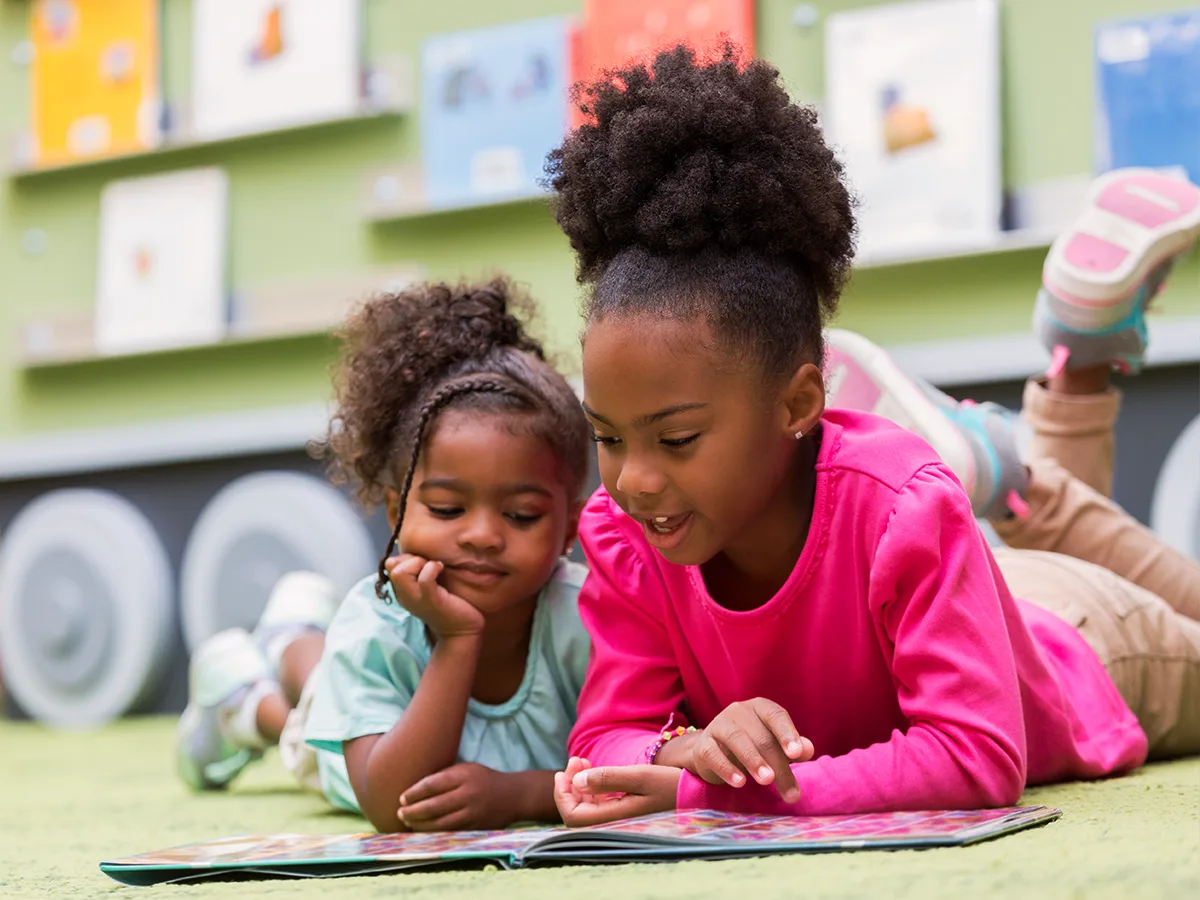Signs of dyslexia at different ages

Many people know that dyslexia is a challenge with reading. But it’s more than that. Dyslexia is a challenge with language. That can make it hard to spot the signs. For instance, trouble with rhyming can be a sign of trouble with reading.
Dyslexia can also cause trouble with spelling, speaking, and writing. So signs can show up in a few areas, not just in reading.
People with dyslexia don’t all struggle in the same way. Some have a hard time with early reading skills like sounding out words (decoding). Some read words and sentences fine, but they have trouble understanding what they read.
Dyslexia can also look different as kids get older. Learn common signs of dyslexia at different ages and how to help.
Watch a video of this article
Want a read-aloud version of this article? Watch this video.
Preschool signs of dyslexia
Mispronouncing words, like saying beddy tear instead of teddy bear
Struggling to name familiar objects and using general words like thing and stuff instead
Having a hard time learning nursery rhymes or song lyrics that rhyme
Having trouble remembering sequences, like singing the letters of the alphabet
Telling stories that are hard to follow or having trouble talking about an event in a logical order
Having difficulty remembering and following directions with multiple steps
Grades K–2 signs of dyslexia
Having trouble learning letter names and remembering the sounds they make
Often confusing letters that look similar (like b, d, p, and q) or sound similar (like f and v, b and p, or d and t)
Struggling to read familiar words (like cat), especially if there aren’t pictures
Substituting words when reading aloud, like saying house when the story says home
Having trouble separating the individual sounds in words and blending sounds to make a word
Having trouble remembering how words are spelled and applying spelling rules in writing
Grades 3–5 signs of dyslexia
Confusing or skipping small words like for and of when reading aloud
Having trouble sounding out new words
Having trouble quickly recognizing common words (also called sight words)
Struggling to explain what happened in a story or answer questions about key details
Frequently making the same kinds of mistakes, like reversing letters
Having poor spelling, like spelling the same word correctly and incorrectly in the same exercise
Avoiding reading whenever possible or getting frustrated or upset when reading
Tween, teen, and adult signs of dyslexia
Reading slowly or leaving out small words and parts of longer words when reading aloud
Struggling to remember common abbreviations, including ones on social media
Often searching for words or using substitutes like gate instead of fence
Often not “getting” the joke or having trouble understanding idioms and puns
Taking a very long time to complete reading assignments
Having an easier time answering questions about a page of text if it’s read aloud
Having these challenges can be tough on kids and adults. They may think they’re not smart because they’re struggling when most people aren’t. But trouble with reading doesn’t mean someone isn’t smart. That’s just one of the many myths about dyslexia.
Struggling readers often feel like they’re the only one. But dyslexia is a very common learning difference, and many kids and adults need extra help learning to read. The good news is that there are ways to teach struggling readers, and skills can improve.
Download a fact sheet on signs of dyslexia
Share this one-page resource with teachers, friends, or family.
Dyslexia signs at different agesPDF - 31.4 KB
If you think your child has dyslexia, here are next steps to take for school-age kids. And if you think you might have dyslexia, here are next steps for adults.

